I am using shap library for ML interpretability to better understand k-means segmentation algorithm clusters. In a nutshell I make some blogs, use k-means to cluster them and then take the clusters as label and xgboost to try to predict them. I have 5 clusters so it is a signle-label multi-class classification problem.
import numpy as np
from sklearn.datasets import make_blobs
import pandas as pd
from sklearn.preprocessing import StandardScaler
from sklearn.cluster import KMeans
import xgboost as xgb
import shap
X, y = make_blobs(n_samples=500, centers=5, n_features=5, random_state=0)
data = pd.DataFrame(np.concatenate((X, y.reshape(500,1)), axis=1), columns=['var_1', 'var_2', 'var_3', 'var_4', 'var_5', 'cluster_id'])
data['cluster_id'] = data['cluster_id'].astype(int).astype(str)
scaler = StandardScaler()
scaled_features = scaler.fit_transform(data.iloc[:,:-1])
kmeans = KMeans(n_clusters=5, **kmeans_kwargs)
kmeans.fit(scaled_features)
data['predicted_cluster_id'] = kmeans.labels_.astype(int).astype(str)
clf = xgb.XGBClassifier()
clf.fit(scaled_data.iloc[:,:-1], scaled_data['predicted_cluster_id'])
shap.initjs()
explainer = shap.TreeExplainer(clf)
shap_values = explainer.shap_values(scaled_data.iloc[0,:-1].values.reshape(1,-1))
shap.force_plot(explainer.expected_value[0], shap_values[0], link='logit') # repeat changing 0 for i in range(0, 5)
The pictures above make sense as the class is '3'. But why this base_value, shouldn't it be 1/5? I asked myself a while ago a similar question but this time I set already link='logit'.



